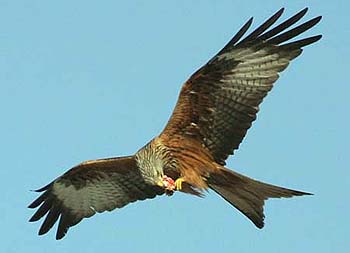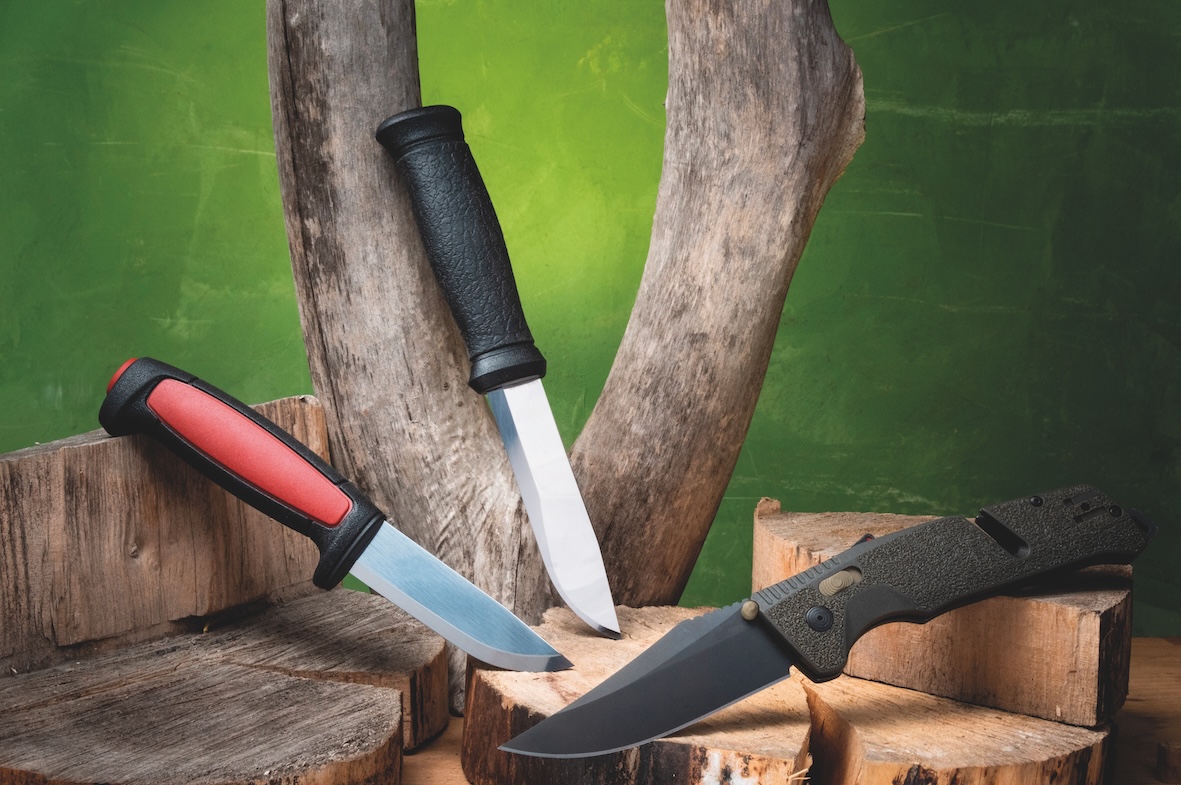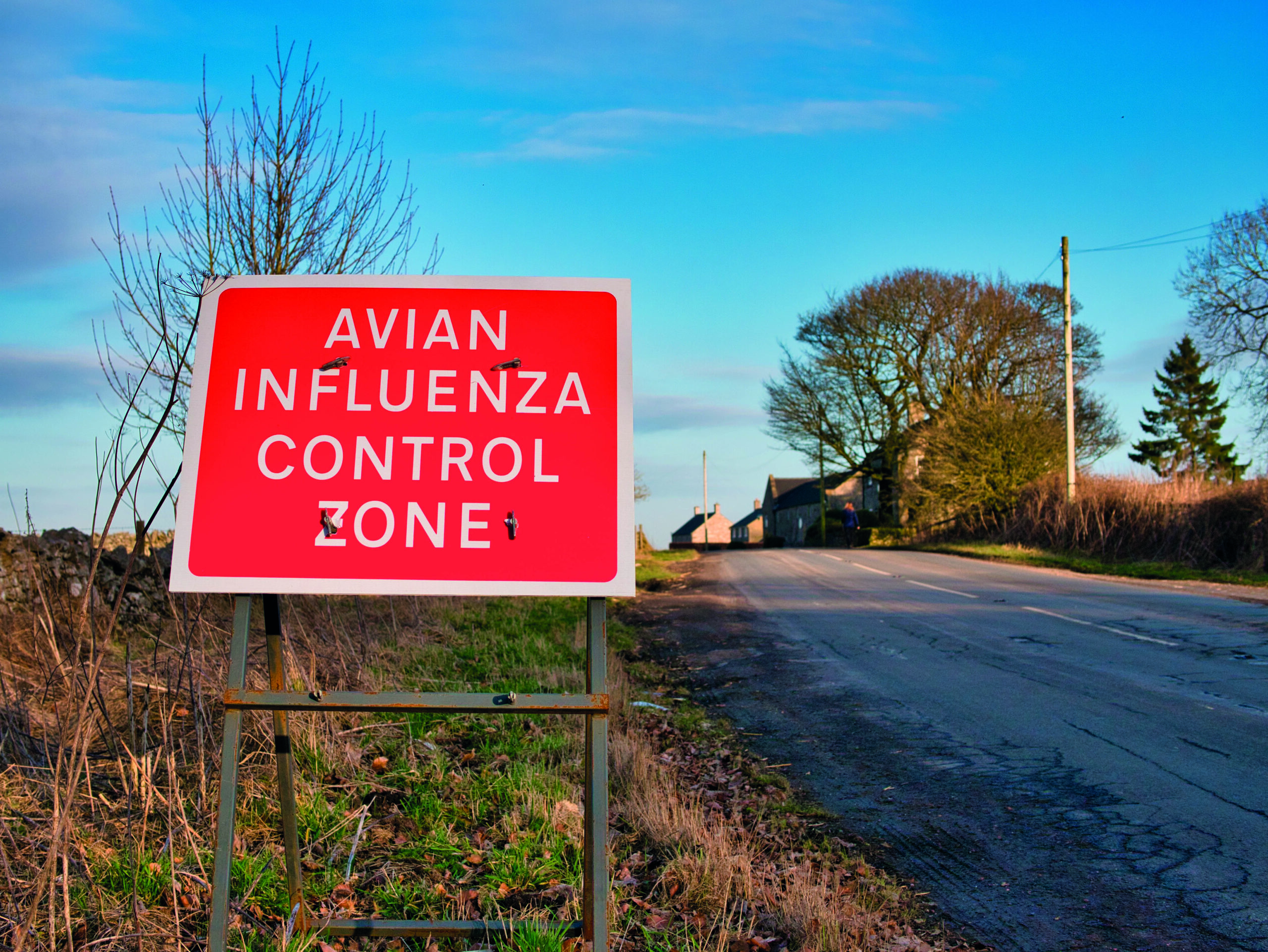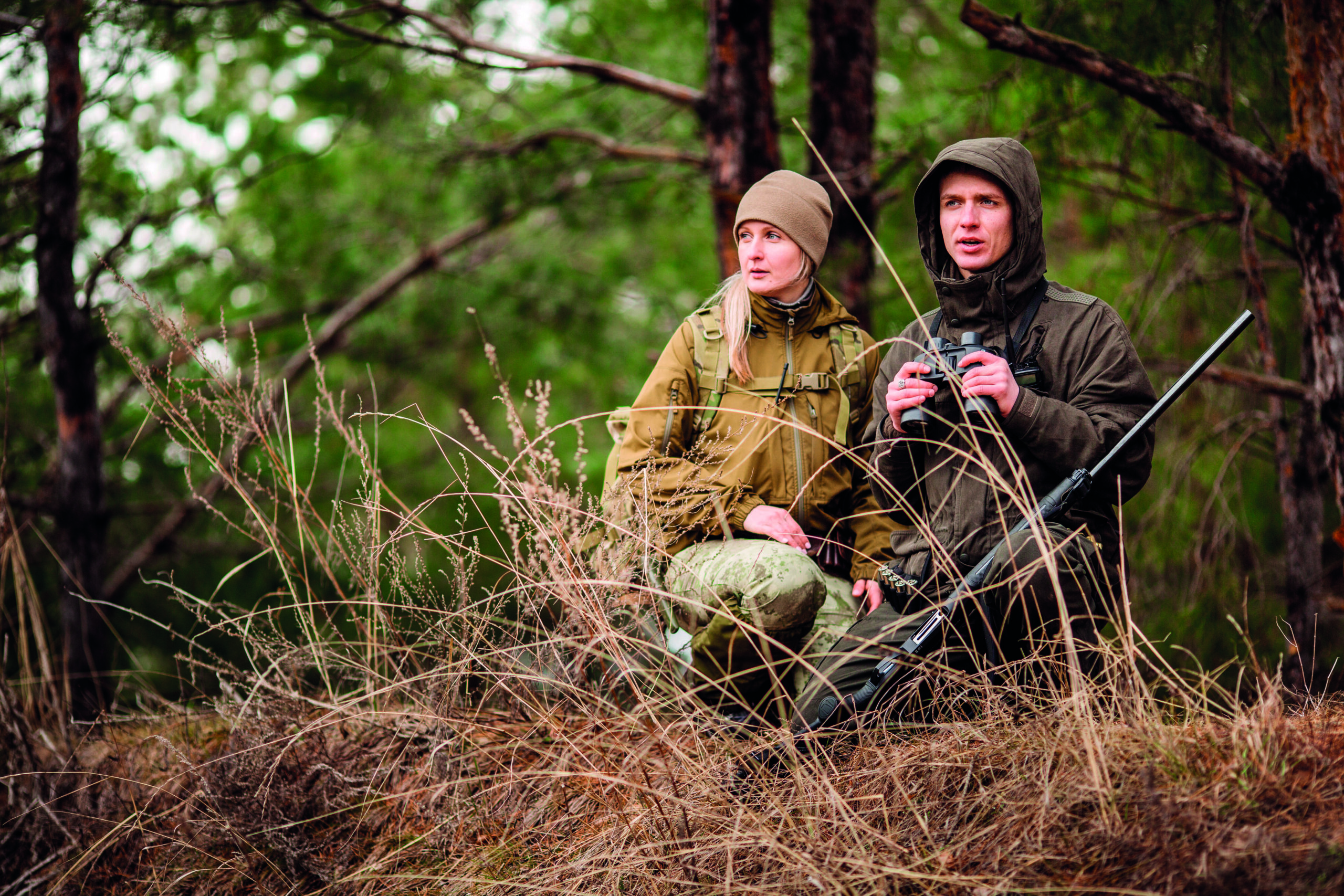Satellite tracking crime deterrent for red kites in Scotland

Scottish keepers, who often have accusations of raptor persecution levelled against them, hope that a new Scottish Natural Heritage (SNH) project launched on 23 June, to track red kites in Scotland with satellites, will reveal the true reasons why the population is so low in the north of the country.
Speaking in support of the £10,000 Eyes to the Skies project, Scottish environment secretary, Richard Lochhead, argued that initiatives such as this help raise awareness of the persecution of raptors.
?A criminal minority is putting this precious resource at risk and unfairly tarnishing the reputations of those working in our countryside within the law,? he said.
In what is thought to be one of the first occasions satellite tracking has been used as a wildlife crime deterrent, the electronic tags will be fitted to a total of 15 red kites in the Black Isle area north of Inverness.
The satellite tagging is part of a larger RSPB project to provide a red kite viewing facility and education centre near Dingwall, in Ross-shire.
According to SNH, the spread of the red kite in north Scotland is slower than in other areas where it has been reintroduced.
This is believed to be, in part, due to poisoning.
SNH?s Ron Macdonald confirmed: ?The red kite is one of the five species that comprise national wildlife crime priorities. This technology now gives us the chance to locate dead or injured birds rapidly and this continuous collection of data on the birds? movements will be a barrier to the improper use of poison baits and the direct persecution of red kites.?
Shooting organisations have commented the project should show whether persecution is actually playing a major role or whether other factors are responsible.
BASC Scotland?s Dr Colin Shedden told Shooting Times magazine: ?We are aware that the growth of the red kite population in north Scotland has been slower than other populations in Scotland and that persecution has been suspected of contributing to this. If the electronic tags act as a disincentive for those misguided individuals who may consider using poisons, then that is something that BASC would fully support. However, their main role must surely be to provide good data on the distribution, dispersal and mortality of these birds.?
Paul Kirton is the gamekeeper on the Dalhousie estate in Brechin, Angus.
He said the project will help to dispel myths concerning gamekeeper persecution: ?I am sure the majority of keepers will welcome this project. I find it hard to believe that gamekeepers are largely responsible for the demise of this bird of prey. Any initiative that can prove rightly or wrongly that this is the case is most welcomed and it might hopefully weed out any bad eggs in our basket at the same time.”








